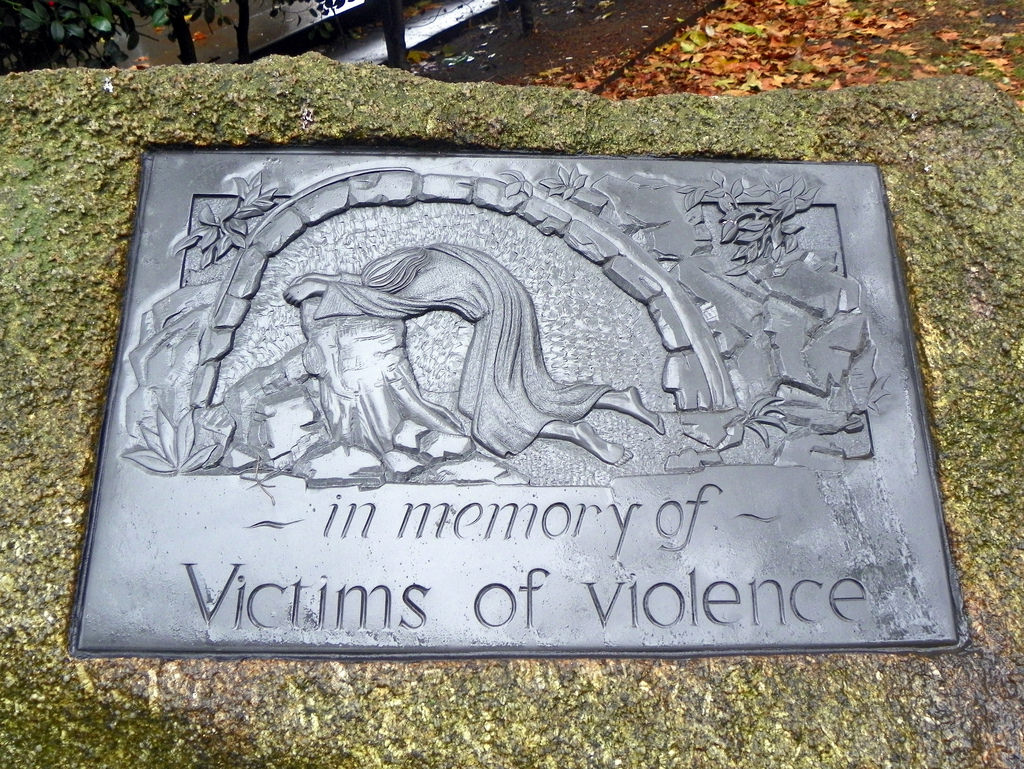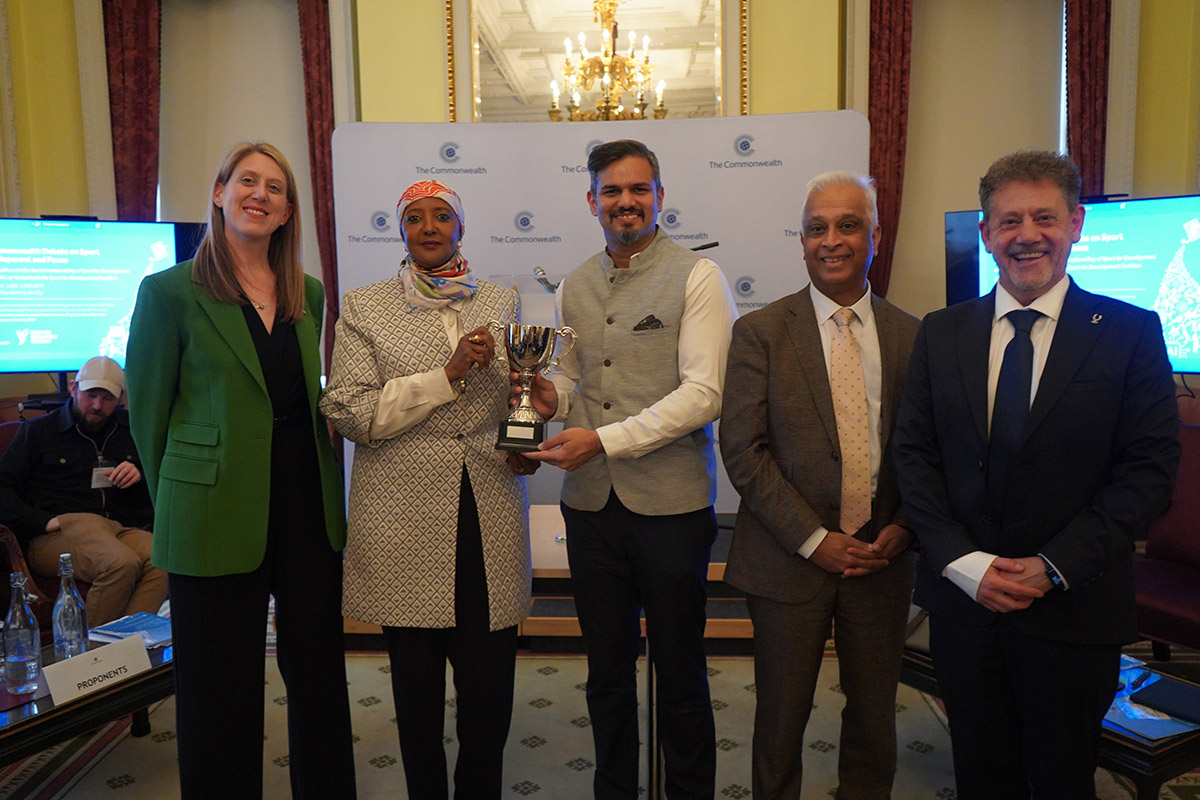“Violence and the 16 days of activism”
November 30th, 2016 25th November to 10th December are days dedicated to raising awareness about gender-based violence, writes Chimwemwe Manyozo, 27, a Correspondent from Lilongwe, Malawi. The campaign started with a focus to end violence against women and girls around the world, but has broadened its scope to look at all forms of violence.
25th November to 10th December are days dedicated to raising awareness about gender-based violence, writes Chimwemwe Manyozo, 27, a Correspondent from Lilongwe, Malawi. The campaign started with a focus to end violence against women and girls around the world, but has broadened its scope to look at all forms of violence.
Men to women violence is the central focus when gender-based violence is brought up. This focus continues to expand in scope each year, and there has been some progress made. However, there are still cases where abused women and girls get attached to their abuser, and this remains an area that is hard to address. These cases that I encountered in Malawi and the United Kingdom come to mind:
In Malawi, a female police officer said that she has problems working with women who are victims of domestic violence because the women do not report to the police. Where a well-wisher reports the abuse and the police arrest the perpetrator, the woman demands that the husband must be released. In situations where the case is taken to court, women refuse to testify against their spouses. This is like the case I encountered in the UK.
They are several reasons that people decide to stick to an abusive relationship. But at the end of the day, violence against women and girls cannot be eliminated if the victims do not play an active role in their liberation.
Women to men violence covers physical, sexual, emotional, psychological, spiritual or cultural violence; verbal or financial abuse; and neglect. I think it worth pointing out that we need not to use the same lens we use for violence against women to understand violence against men.
Lack of reporting has been the main challenge when it comes to women to men violence. This might be because of the social structure, as some have argued before. At the same time, it is also an issue of the wiring of men. Men and boys are wired to solve problems. You just need to have a conversation with a man, and you will see that he will be trying to find a solution to your problem, even if you didn’t ask. When there is a problem in a family, the males in the family have been expected to come up with a solution to that problem. Because of this, rather than report abuse, men would opt to think to come up with a solution. Men will talk, if they are sure that this conversation will lead to something actionable. But men will rarely have a discussion where they just vent, and they don’t see how will change anything. Of course, it’s not all men who are wired this way, lest I am accused of making a hasty generalization.
The outcomes of this solution-searching endeavour usually, but not always, result in excessive drinking, suicide, being a workaholic, addiction to sports, cheating, flirting, porn addiction and being present everywhere except at home. Not that I am justifying this behaviour, but these happen to be some of the fruits of abuse that males suffer.
When men do report cases of abuse, they face discrimination in the justice system. The discrimination starts from the family, the police (victim support unit) and the judiciary. That cost of reporting outweighs the perceived benefits, therefore men opt not to report.
Women to women violence is, in my opinion, one of the dangerous forms of violence, because the danger is that it is normalised. For example, it is considered socially acceptable for a wife to beat up a mistress. She deserved it, we say. Similarly, it is seen as socially acceptable for a woman to verbally and even sometimes physically abuse a maid. Then we have the abuse of the Mother-in-law that seems to be part of the marriage package. Again, it is perceived to be normal. We have female bullies in different organisations, who abuse fellow women and again it goes unchecked, because speaking about it is going to be bad PR for the progress that women have made this far. This sweeping of issues under the carpet is, to me, what makes this type of violence to be the most dangerous.
Sexual molestation of young boys seems to be the biggest issue now under the category of men to men violence. This used to be an issue that was common in prisons. Recent trends show that these issues also take place in schools and even churches. Boys and old men are coming out to share their abuse stories. But the problem remains the same as I raised earlier about the wiring of men.
The goal to end violence for both men and women will only be realised when they are not issues that are swept under the rug. Most of all, it will be realised when the victims participate in their own liberation.
Photo credit: Peter O’Connor aka anemoneprojectors GOC London Public Art 043: Victims of Violence memorial via photopin (license)
…………………………………………………………………………………………………………………
About me: I am a Malawian, working to foster human-centred development through research, training and transformational leadership.
I am the co-founder of maphunziro265, a platform created to bridge the information gap between needy students, and scholarship-providing individuals and organizations in Malawi.
I am a 2015/2016 Chevening Scholar studying for an MA Development Studies at the University of Sussex, in Brighton, United Kingdom. I earned my BA Media for Development from University of Malawi, Chancellor College.
…………………………………………………………………………………………………………………
Opinions expressed in this article are those of the author and do not necessarily represent the views of the Commonwealth Youth Programme. Articles are published in a spirit of dialogue, respect and understanding. If you disagree, why not submit a response?
To learn more about becoming a Commonwealth Correspondent please visit: http://www.yourcommonwealth.org/submit-articles/
…………………………………………………………………………………………………………………




